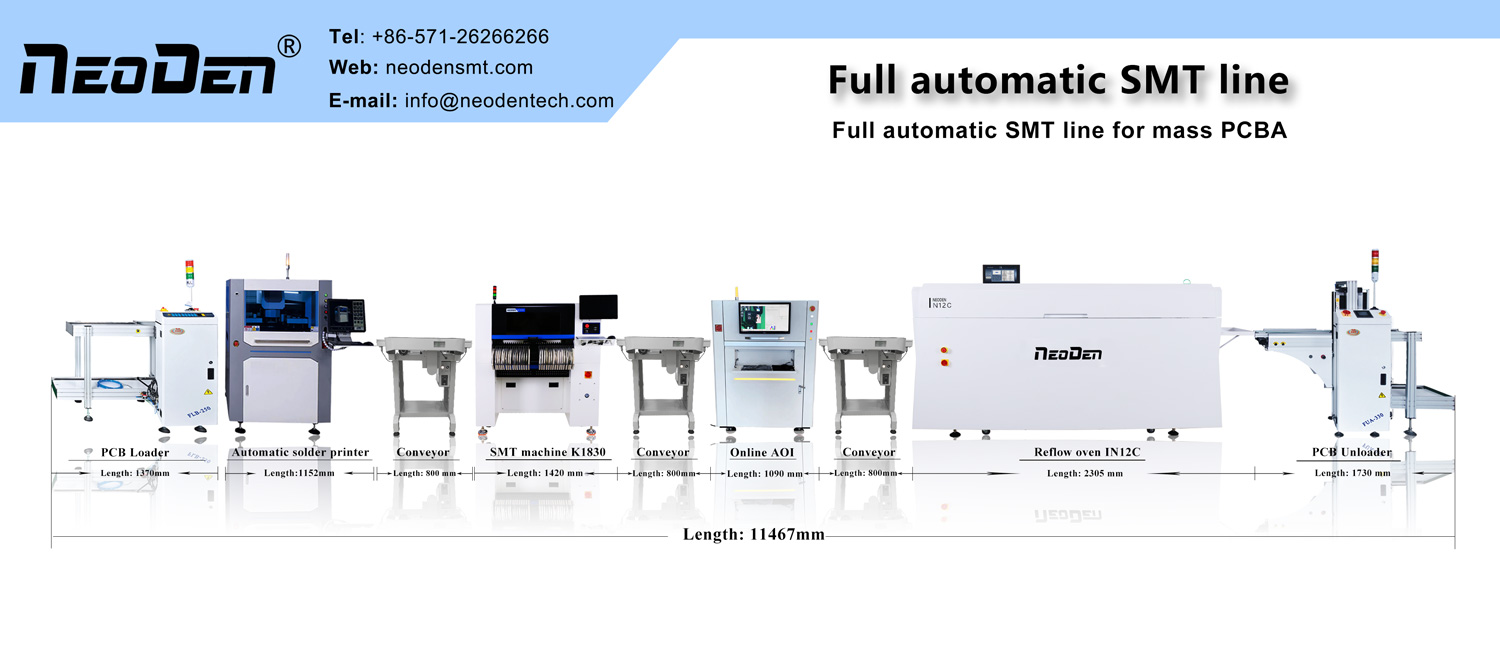Before the manufacturing of rigid-flexible boards can begin, a PCB design layout is required. Once the layout is determined, manufacturing can begin.
The rigid-flexible manufacturing process combines the manufacturing techniques of rigid and flexible boards. A rigid-flexible board is a stack of rigid and flexible PCB layers. Components are assembled in the rigid area and interconnected to the adjacent rigid board through the flexible area. Layer-to-layer connections are then introduced through plated vias.
Rigid-flexible fabrication consists of the following steps.
1. Prepare the substrate: The first step in the rigid-flexible bonding manufacturing process is the preparation or cleaning of the laminate. Laminates containing copper layers, with or without adhesive coating, are pre-cleaned before they can be put into the rest of the manufacturing process.
2. Pattern generation: This is done by screen printing or photo imaging.
3. Etching process: Both sides of the laminate with circuit patterns attached are etched by dipping them in an etching bath or spraying them with an etchant solution.
4. Mechanical drilling process: A precision drilling system or technique is used to drill the circuit holes, pads and over-hole patterns required in the production panel. Examples include laser drilling techniques.
5. Copper plating process: The copper plating process focuses on depositing the required copper within the plated vias to create electrical interconnections between the rigid-flexible bonded panel layers.
6. Application of overlay: The overlay material (usually polyimide film) and adhesive are printed on the surface of the rigid-flexible board by screen printing.
7. Overlay lamination: The proper adhesion of the overlay is ensured by lamination at specific temperature, pressure and vacuum limits.
8. Application of reinforcement bars: Depending on the design needs of the rigid-flexible board, additional local reinforcement bars can be applied prior to the additional lamination process.
9. Flexible panel cutting: Hydraulic punching methods or specialized punching knives are used to cut the flexible panels from the production panels.
10. Electrical Testing and Verification: Rigid-flex boards are electrically tested in accordance with IPC-ET-652 guidelines to verify that the board’s insulation, articulation, quality, and performance meet the requirements of the design specification. Test methods include flying probe testing and grid test systems.
The rigid-flexible manufacturing process is ideal for building circuits in the medical, aerospace, military, and telecommunications industry sectors because of the excellent performance and precise functionality of these boards, especially in harsh environments.
Post time: Aug-12-2022

